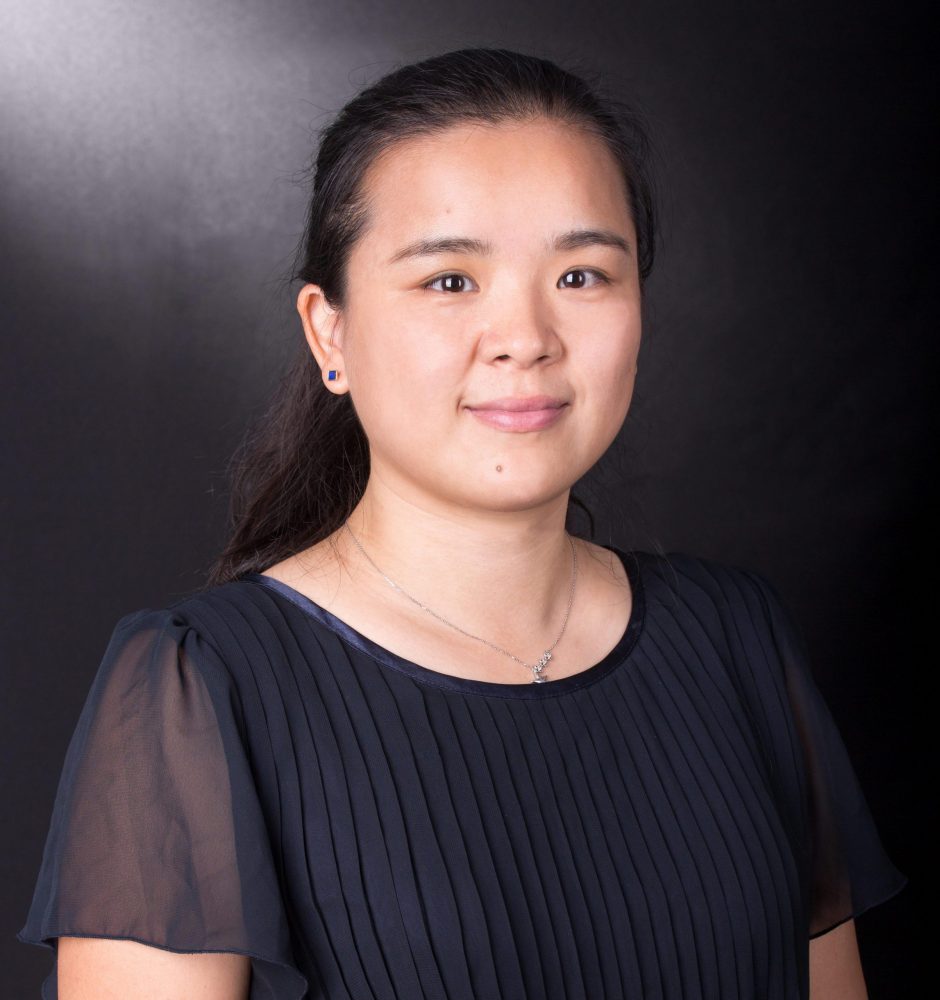For a queueing system with multiple customer types differing in service-time distributions and waiting costs, it is well known that the cµ-rule is optimal if costs for waiting are incurred linearly with time. In this paper, we seek to identify policies that minimize the long-run average cost under nonlinear waiting cost functions within the set of fixed priority policies that only use the type identities of customers independently of the system state. For a single-server queueing system with Poisson arrivals and two or more customer types, we first show that some form of the cµ-rule holds with the caveat that the indices are complex, depending on the arrival rate, higher moments of service time, and proportions of customer types. Under quadratic cost functions, we provide a set of conditions that determine whether to give priority to one type over the other or not to give priority but serve them according to first-come, first-served (FCFS). These conditions lead to useful insights into when strict (and fixed) priority policies should be preferred over FCFS and when they should be avoided. For example, we find that, when traffic is heavy, service times are highly variable, and the customer types are not heterogenous, so then prioritizing one type over the other (especially a proportionally dominant type) would be worse than not assigning any priority. By means of a numerical study, we generate further insights into more specific conditions under which fixed priority policies can be considered as an alternative to FCFS.

3917 4221
KK 1321
Huiyin Ouyang received her Ph.D. degree in Statistics and Operations Research from the University of North Carolina Chapel Hill. She obtained her master and bachelor degree from Tsinghua University. Before joining the Faculty of Business and Economics (now HKU Business School), The University of Hong Kong, she was a postdoctoral fellow in the Department of Industrial Engineering and Management Sciences, Northwestern University.
- IIMT3636 Decision and Risk Analysis I/ BUSI0036 Quantitative Analysis for Business Decisions I
- MSBA6014 Business Simulation
- Simulation analytics
- Modeling and analysis of stochastic systems
- Design and control of queueing systems
- Health care management and service operations
- Data-driven decision making
- “Exact algorithm and machine learning-based heuristic for the stochastic lot streaming and scheduling problem,” (with R. Liu, C. Wang, and Z. Wu), IISE Transactions, forthcoming.
- “Patient Sensitivity to Emergency Department Waiting Time Announcements,” (with E. Park, J. Wang, S. Savin, S.C. Leung and T. Rainer), Manufacturing and Service Operations Management, forthcoming.
- “Scheduling of Physicians with Time-Varying Productivity Levels in Emergency Departments,” (with F. Zaerpour, M. Bijvank and Z. Sun), Production and Operations Management, 2022, 31(2), 645-667.
- “The Impact of Emergency Department Crowding on Admission Decisions and Patient Outcomes,” (with J. Wang, Z. Sun, and E. Lang), The American Journal of Emergency Medicine, 2022, 51, 163-168.
- “Assigning Priorities (or Not) in Service Systems with Nonlinear Waiting Costs,” (with N.T. Argon and S. Ziya), Management Science, 2022, 68(2), 1233-1255.
- “Allocation of Intensive Care Unit Beds in Periods of High Demand,” (with N.T. Argon and S. Ziya), Operations Research, 2020, 68(2), 591-608.
Emergency department (ED) overcrowding and long patient wait times have become a worldwide problem. We propose a novel approach to assigning physicians to shifts such that ED wait times are reduced without adding new physicians. In particular, we extend the physician rostering problem by including heterogeneity among emergency physicians in terms of their productivity (measured by the number of new patients seen in 1 hour) and by considering the stochastic nature of patient arrivals and physician productivity. We formulate the physician rostering problem as a two-stage stochastic program and solve it with a sample average approximation and the L-shaped method. To formulate the problem, we investigate the major drivers of physician productivity using patient visit data from our partner ED, and find that the individual physician, shift hour, and shift type (e.g., day or night) are the determining factors of ED productivity. A simulation study calibrated using real data shows that the new scheduling method can reduce patient wait times by as much as 13% compared to the current scheduling system at our study ED. We also demonstrate how to incorporate physician preference in scheduling through physician clustering based on productivity. Our simulation results show that EDs can receive almost the full benefit of the new scheduling method even when the number of clusters is small.
Innovation in healthcare is forever changing how we see and experience the medical industry. The environment is offering HKU’s Faculty of Business and Economics (the Faculty) a unique opportunity to be at the forefront of utilising rich data, creating better health outcomes for everyone.
The objective of this paper is to use mathematical modeling and analysis to develop insights into and policies for making bed allocation decisions in an intensive care unit (ICU) of a hospital during periods when patient demand is high. We first develop a stylized mathematical model in which patients’ health conditions change over time according to a Markov chain. In this model, each patient is in one of two possible health stages, one representing the critical and the other representing the highly critical health stage. The ICU has limited bed availability and therefore when a patient arrives and no beds are available, a decision needs to be made as to whether the patient should be admitted to the ICU and if so, which patient in the ICU should be transferred to the general ward. With the objective of minimizing the long-run average mortality rate, we provide analytical characterizations of the optimal policy under certain conditions. Then, based on these analytical results, we propose heuristic methods, which can be used under assumptions that are more general than what is assumed for the mathematical model. Finally, we demonstrate that the proposed heuristic methods work well by a simulation study, which relaxes some of the restrictive assumptions of the mathematical model by considering a more complex transition structure for patient health and allowing for patients to be possibly queued for admission to the ICU and readmitted from the general ward after they are discharged.





